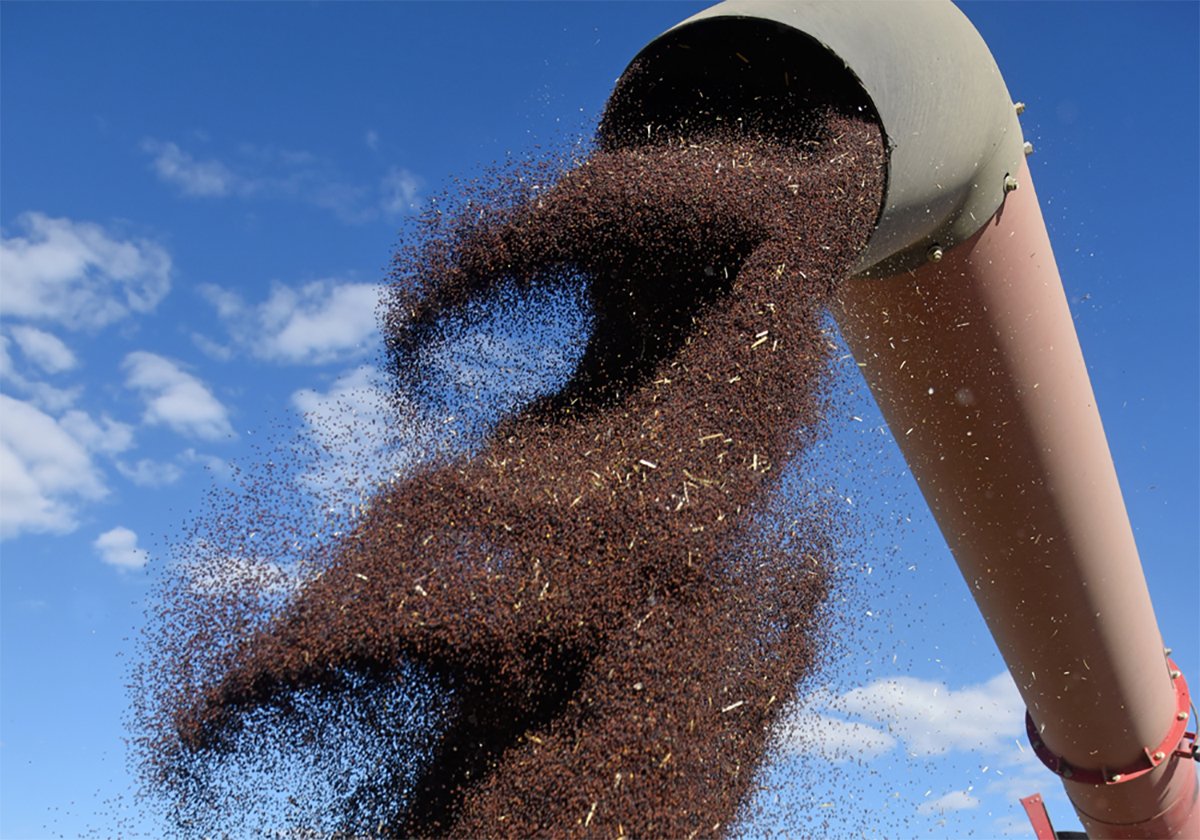One million tonnes needed | Rain and snow in early September caused sprouting and staining
Canada’s maltsters will likely have to lower their quality selection standards this year because of a shortage of top quality malting barley, says the head of the Canadian Malting Barley Technical Centre.
However, Canada’s domestic malting industry should still be able to find enough grain to meet its processing needs.
Peter Watts, managing director at the centre, said weather problems in Western Canada this fall hurt barley quality.
“It’s still a little bit early to really be able to say what kind of quality we’re going to have overall,” Watts said.
Read Also

Ag minister says tariff situation with China is fragile, volatile
Agriculture ministers from across Canada said they heard canola producers’ concerns about tariffs but it seems unlikely they can do much about them.
“But there’s obviously going to be some difficulty this year in terms of selecting malting barley. The good quality stuff that’s out there is definitely going to be in demand.”
Rain and snow in late August and early September hampered harvest operations and caused staining and sprouting on a significant portion of this year’s crop, Watts said.
Only a handful of growers managed to get some barley off in mid-August, before the bad weather.
Watts estimated that only 10 to 15 percent of this year’s barley crop was harvested before the bad weather arrived.
Stephen Vandervalk, a grain grower from Fort McLeod, Alta., said at least a third of the barley in his area has no chance of being selected for malting.
An early-September snow on Vandervalk’s farm west of Lethbridge laid most cereal crops flat.
Much of the crop combined since then is stained and sprouted.
Vandervalk said selection criteria would be much lower this year than they were last.
Industry observers say old crop barley that looked like cattle feed last fall will likely receive a second look from maltsters this year.
“The maltsters are having to change their specs,” Vandervalk said.
“A lot of the stuff that would normally never in a million years make it is actually being accepted this year … but there’s also a lot that is just too far gone.”
Watts said Canada’s domestic malting industry normally requires one million tonnes of barley to meet the demands of domestic brewers and foreign buyers of finished malt.
Finding that much grain should not be a problem, although specs will certainly be backed off from last year.
“Selection criteria for malting barley is always a sliding scale,” Watts said.
“We’re still looking at an eight million tonne barley crop this year, so we should be able to find a million tonnes of good malting barley in there for domestic maltsters.”
Canadian exports of unprocessed malting barley will likely be smaller than usual this year, he added.
Europe had a good spring barley crop, so European growers will likely supply a larger part of global de-mand.
Like Canada, the United States also has major production challenges.
U.S. brewers and malting houses will likely be looking to Canada for supply.
“They have had really bad luck in the U.S. as well … in terms of weather over the last month, so it’s going to be a difficult year, there’s no question,” said Watts.
Dean McQueen, vice-president of merchandising and transportation with Viterra, agreed that quality barley could be hard to find in some areas.
Chit and vomitoxin are major downgrading factors in many samples.
“The maltsters will find a way to malt some lower quality barley … but there is a fair amount that is going to migrate to that feed channel,” McQueen said.
Some regions of Western Canada had better harvest weather, he added.
“The north hasn’t had quite the same rainfall and stop-and-start that the south has had, so we’re still seeing some pretty good quality coming off in the north,” he said.















